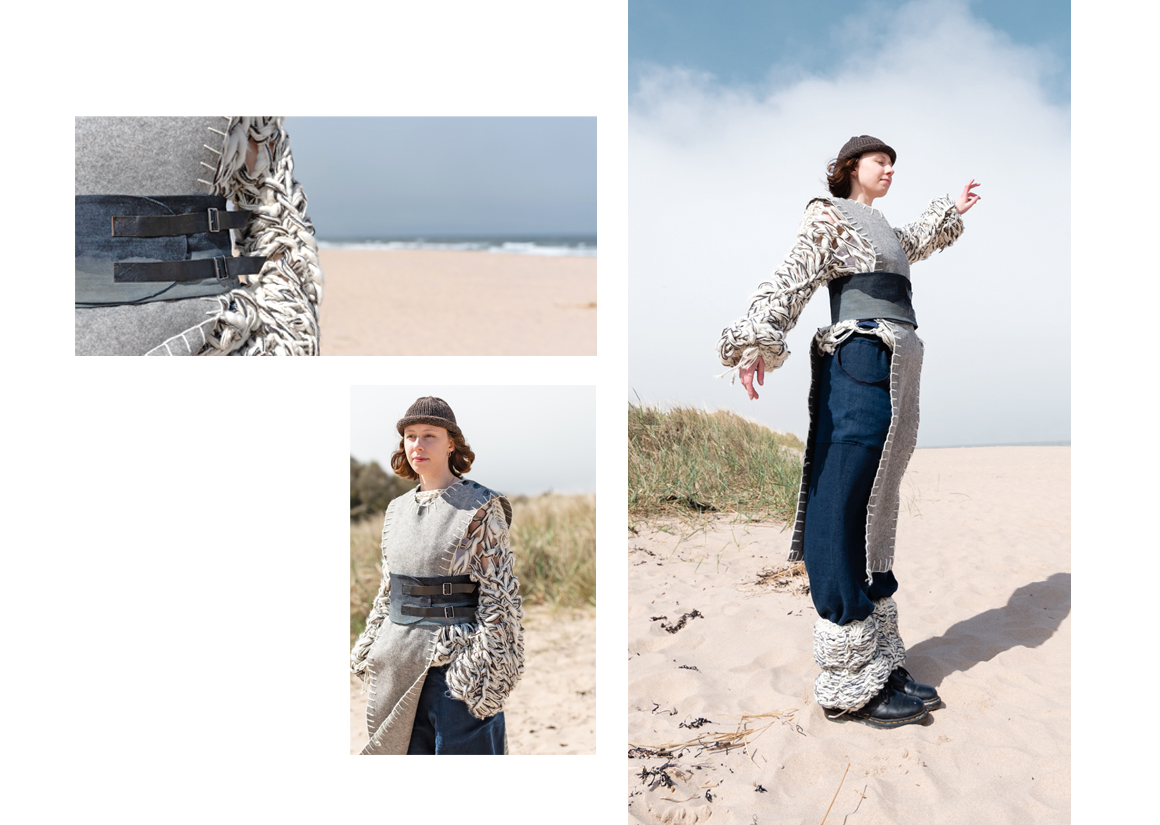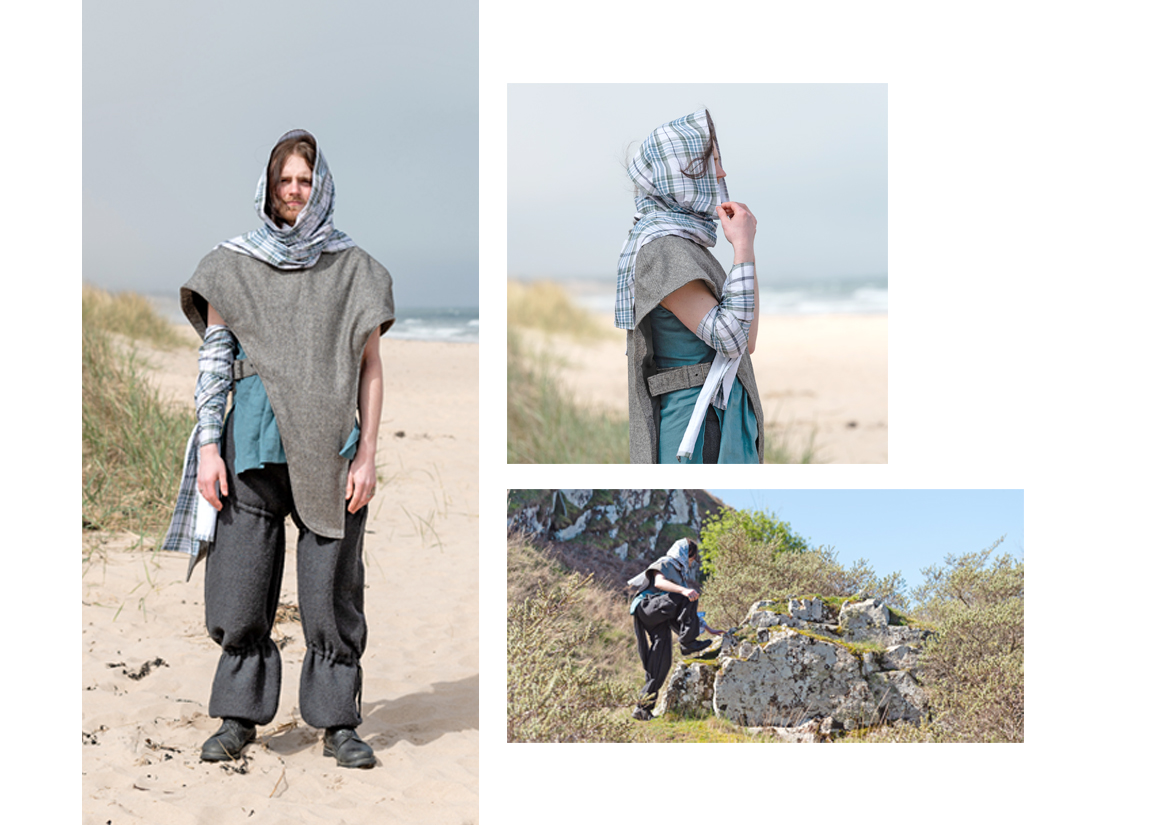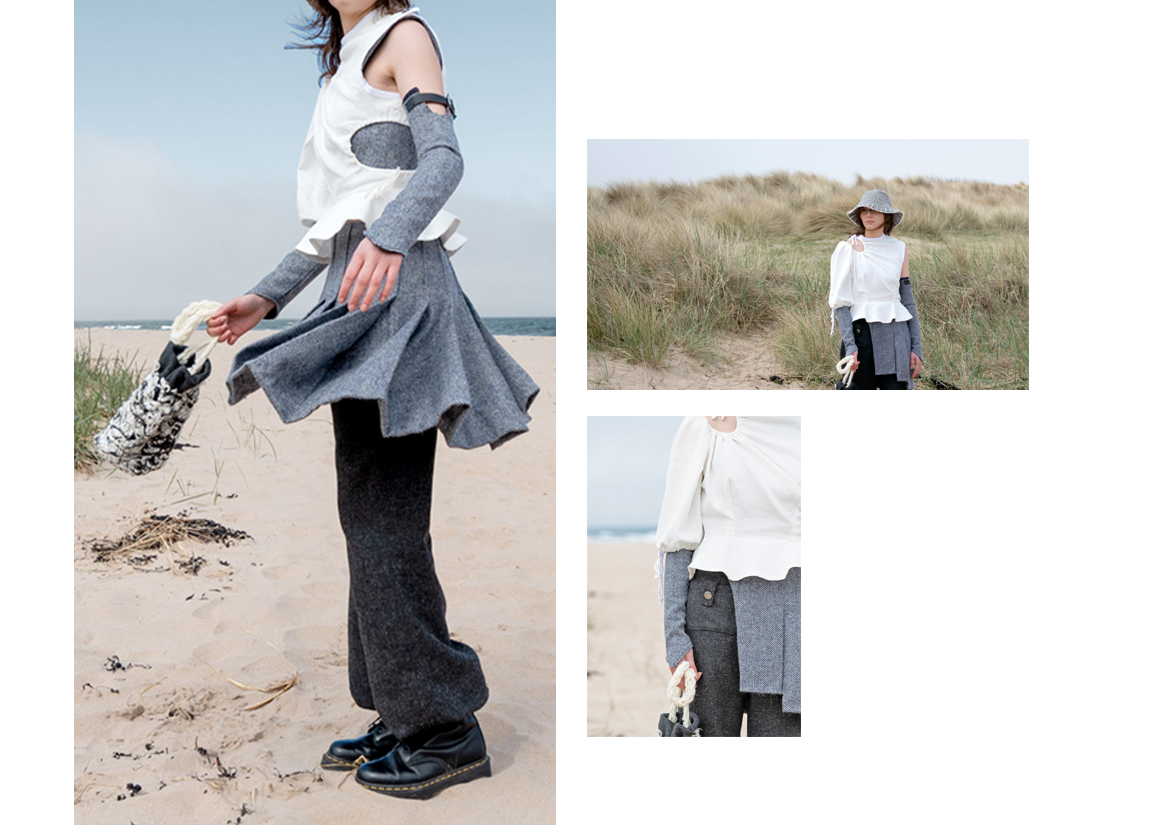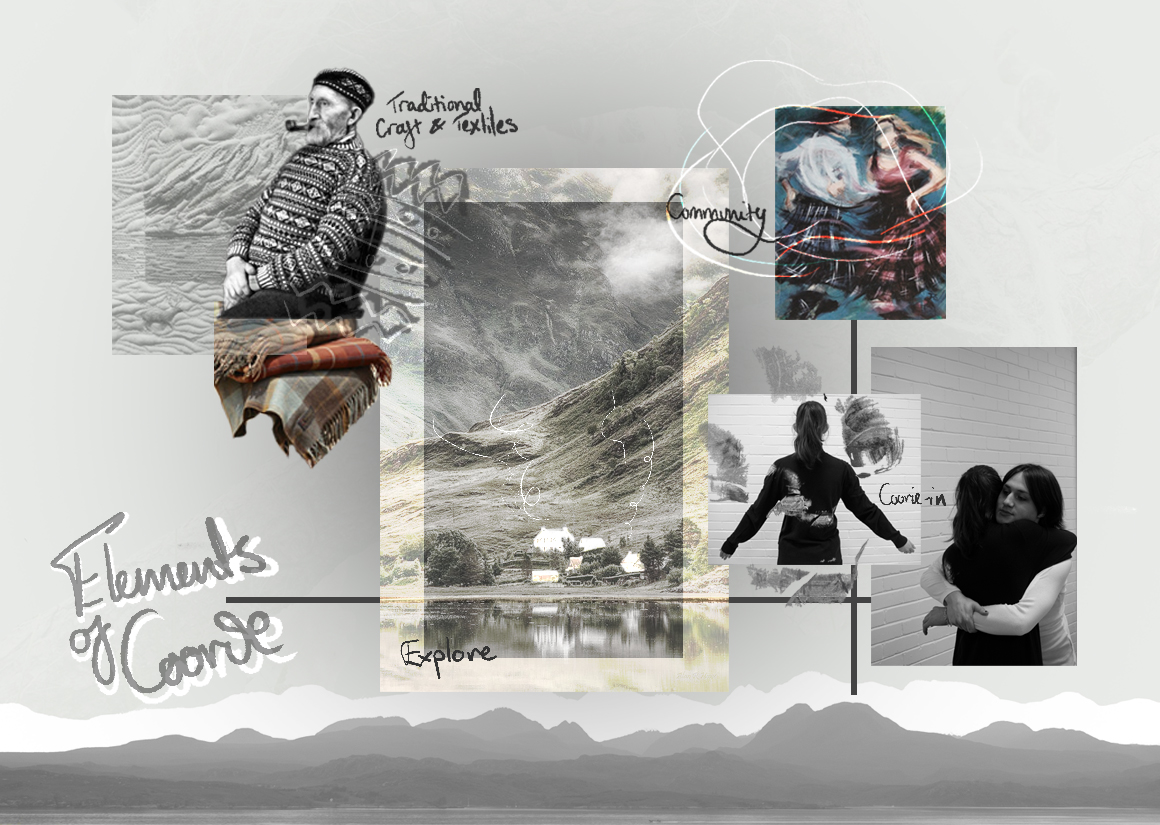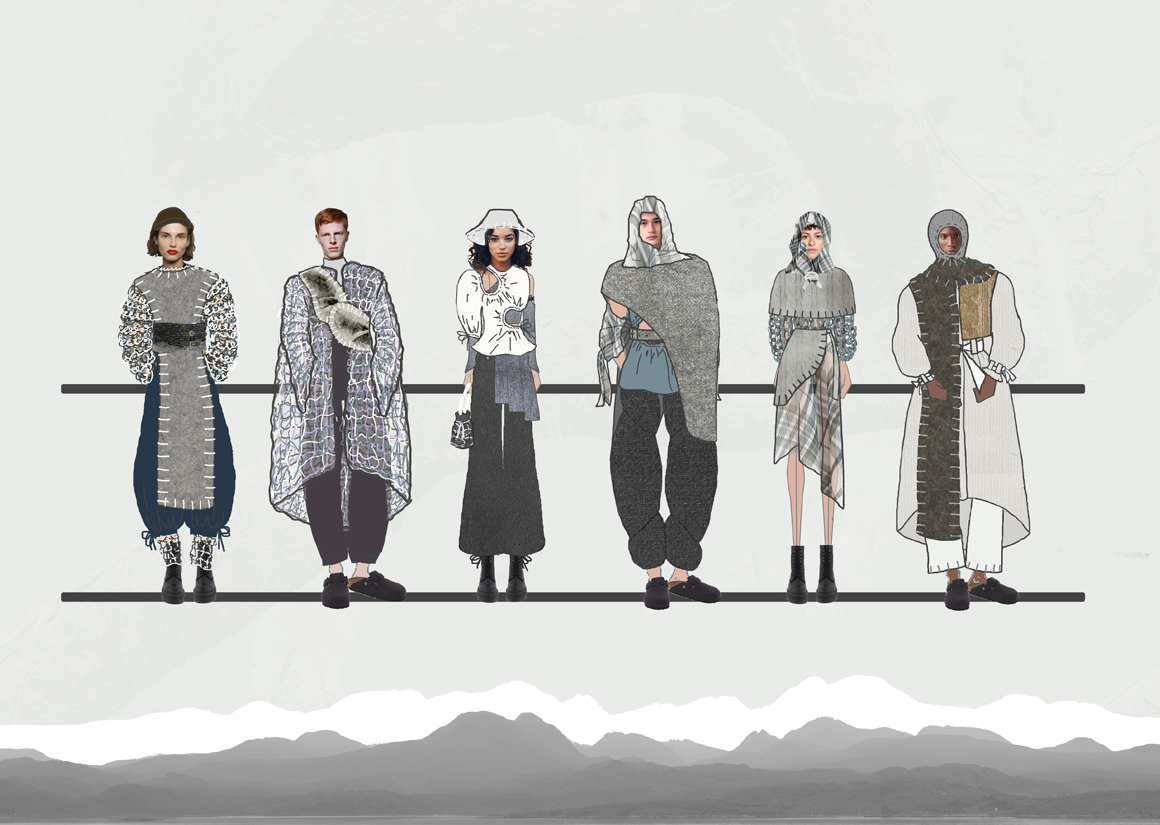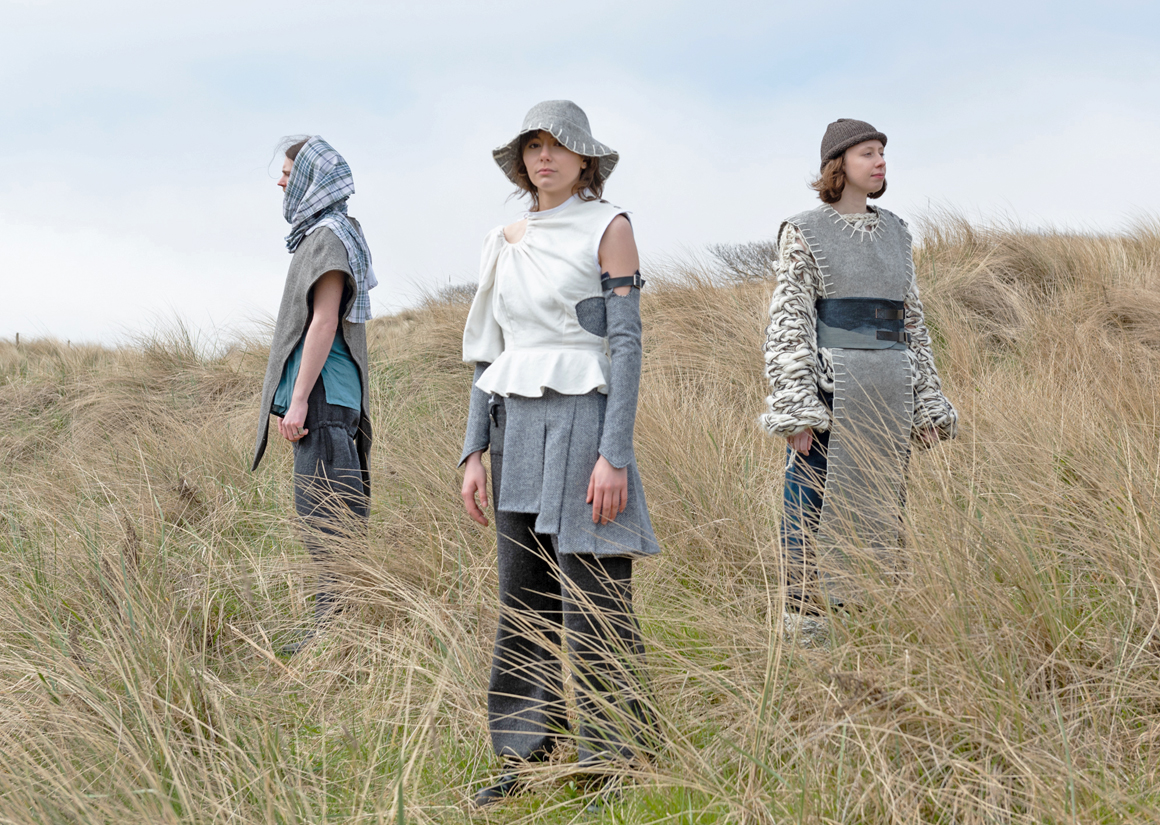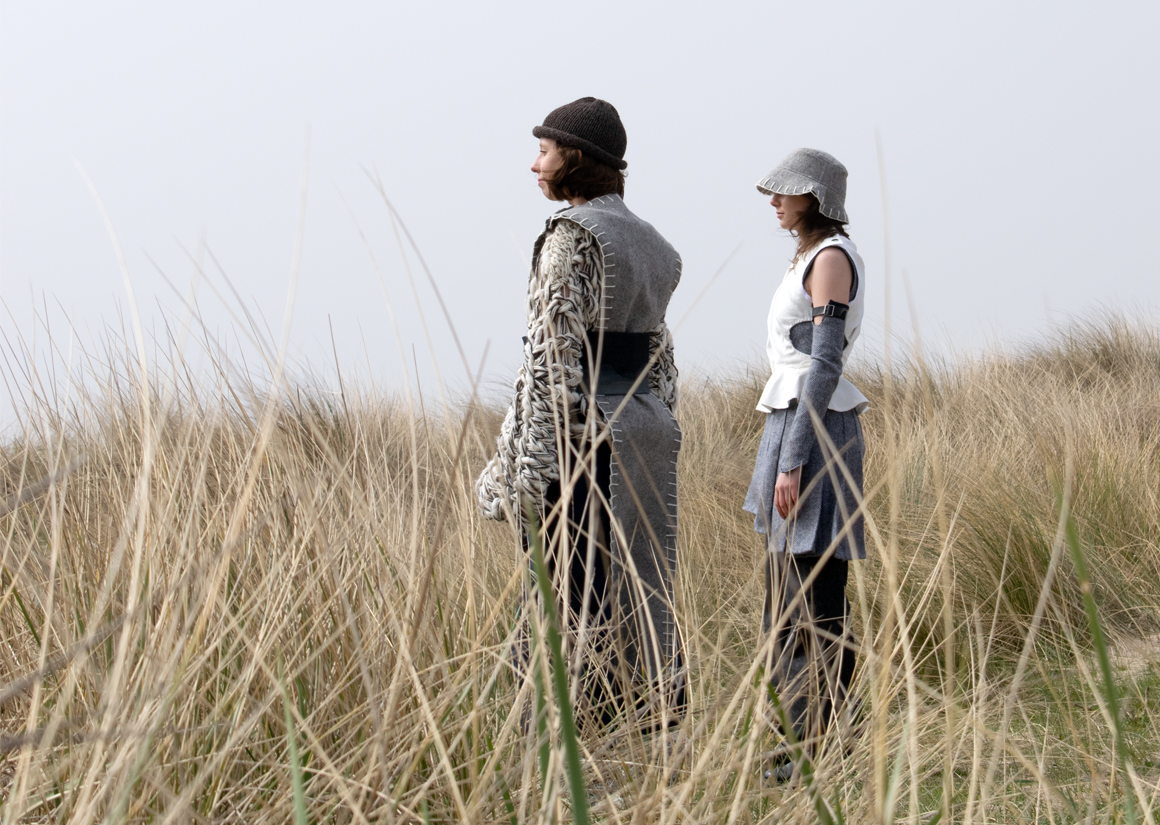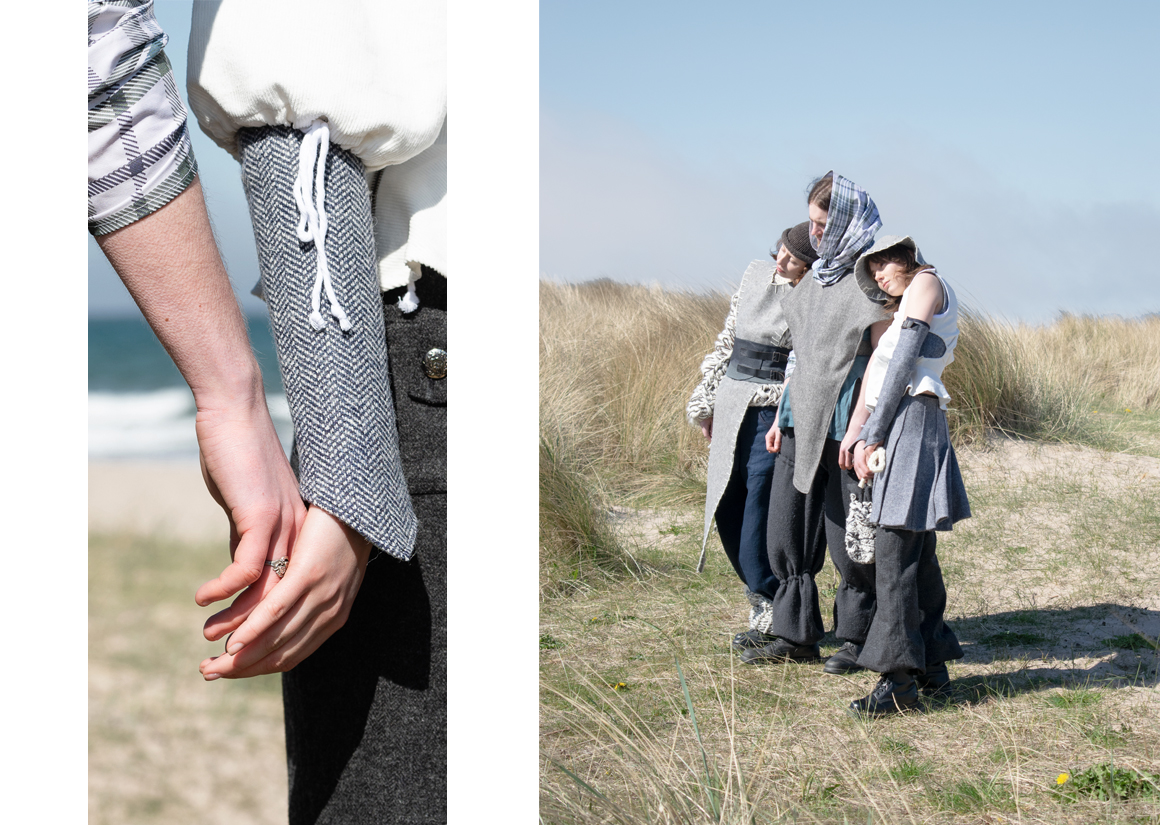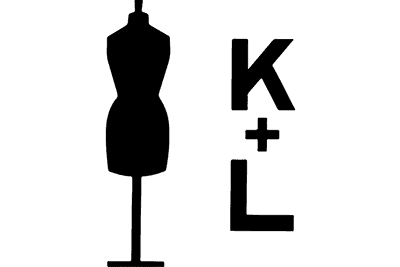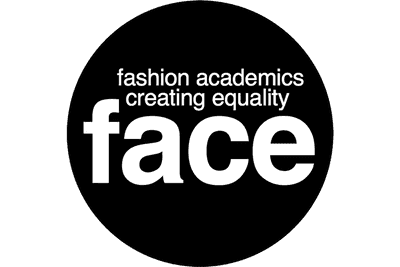
About Me
Hi, I'm Hannah, a Fashion Design graduate from Heriot-Watt.
I am an eco-conscious fashion designer from Scotland, utilising strong themes of heritage and craft. With influences from streetwear and traditional dress, I explore concepts from an inquisitive and intuitive perspective.
Studying Fashion Design at Heriot-Watt University for four years has allowed me to focus my craft on heritage and responsive fashion design. As a designer, I am to create for a more conscious future. My design outcomes typically focus on functionality, user experience, and adopting sustainable techniques.
INSPIRATION
Investigating how Coorie translates to fashion design in our current climate.
As we emerged from our pandemic life, I felt repeatedly confronted by the question, 'what will your new normal look like?'. As I set around looking for answers, I discovered Coorie. Coorie - Scottish Lifestyle Trend encouraging participants to strip back their busy and chaotic lifestyles to reprioritise what truly matters to them and to adopt a slower way of living. This lifestyle encompassed my perspective of an almost ideal existence, which I felt compelled to investigate and share.
Whilst looking to future trends, it confirmed the need to share the 'Coorie' word, as people sought comfort and compassionate lives. Investigating different elements of Coorie, allowed me to understand the lifestyle from a bottom-up perspective, applying it to every stage of the design and make process. Everything from colour, silhouette and fastenings are inspired by an element of Coorie. This collection is 100% plastic free as inspired by the need to turn against our current norms and return to nature.
MY WORK
PORTFOLIOS
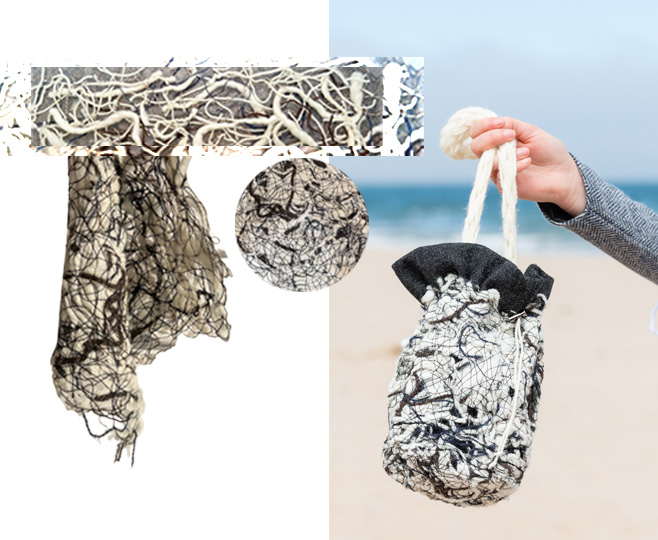
DETAIL
Zero Waste and Circular Design
My honours project allowed me to explore zero waste and responsible construction techniques to further echo the Coorie principle of turning against norms and creating our own path. I created my own fabric by taking waste material from the arm-knitted jumper in Outfit One, and reprocessing this using water-soluble stabiliser. I then took this fabric and created a new product with a unique narrative. This process shows how effectively waste can have value instilled upon it, working actively to further reduce waste from traditional production techniques. This process taps into circular design – to consider beyond the design, to look at the flaws in construction and how this can be responsibly dealt with. This design also encourages the concept of attaching a story to a garment, making a greater bond between product and user. With the consumer ultimately becoming less likely to simply discard the item, this is encouraging a more circular method of passing/donating/upcycling it on to the next user.
